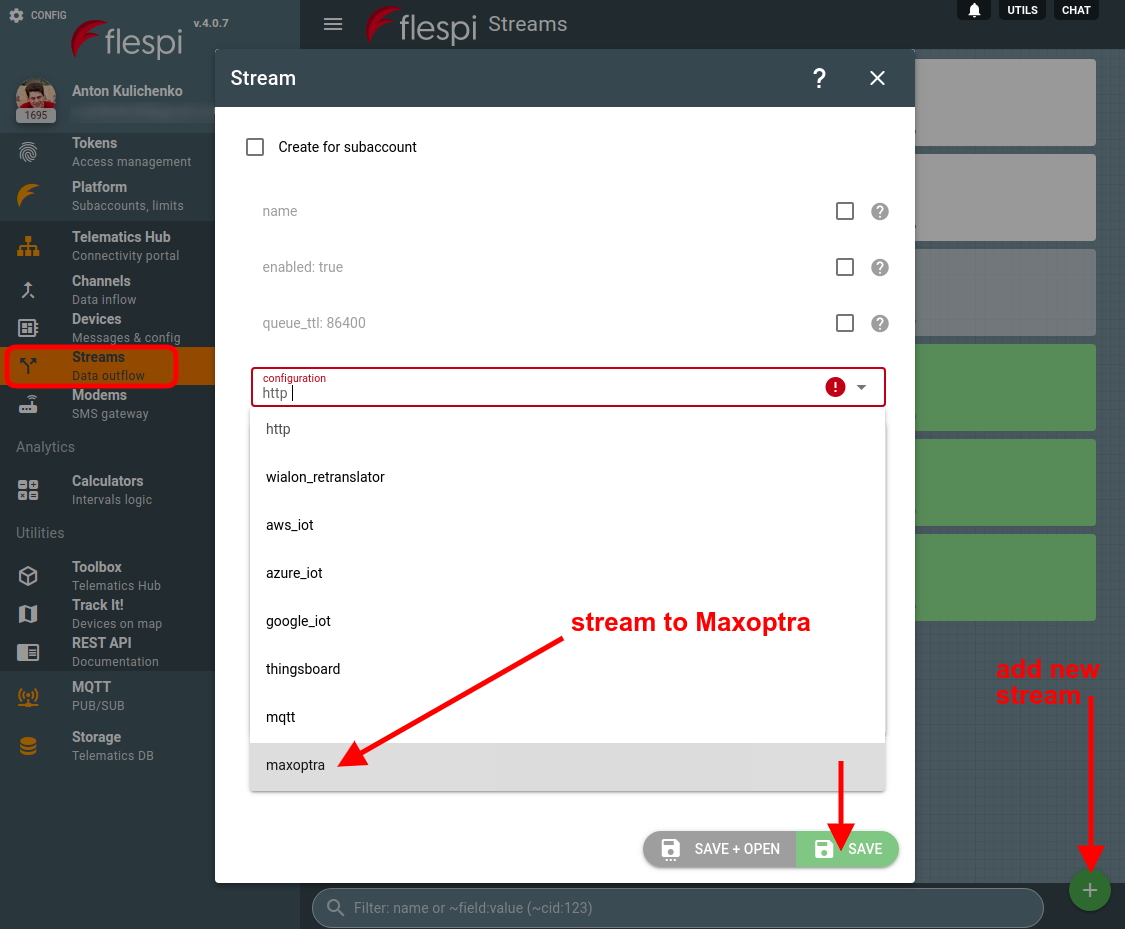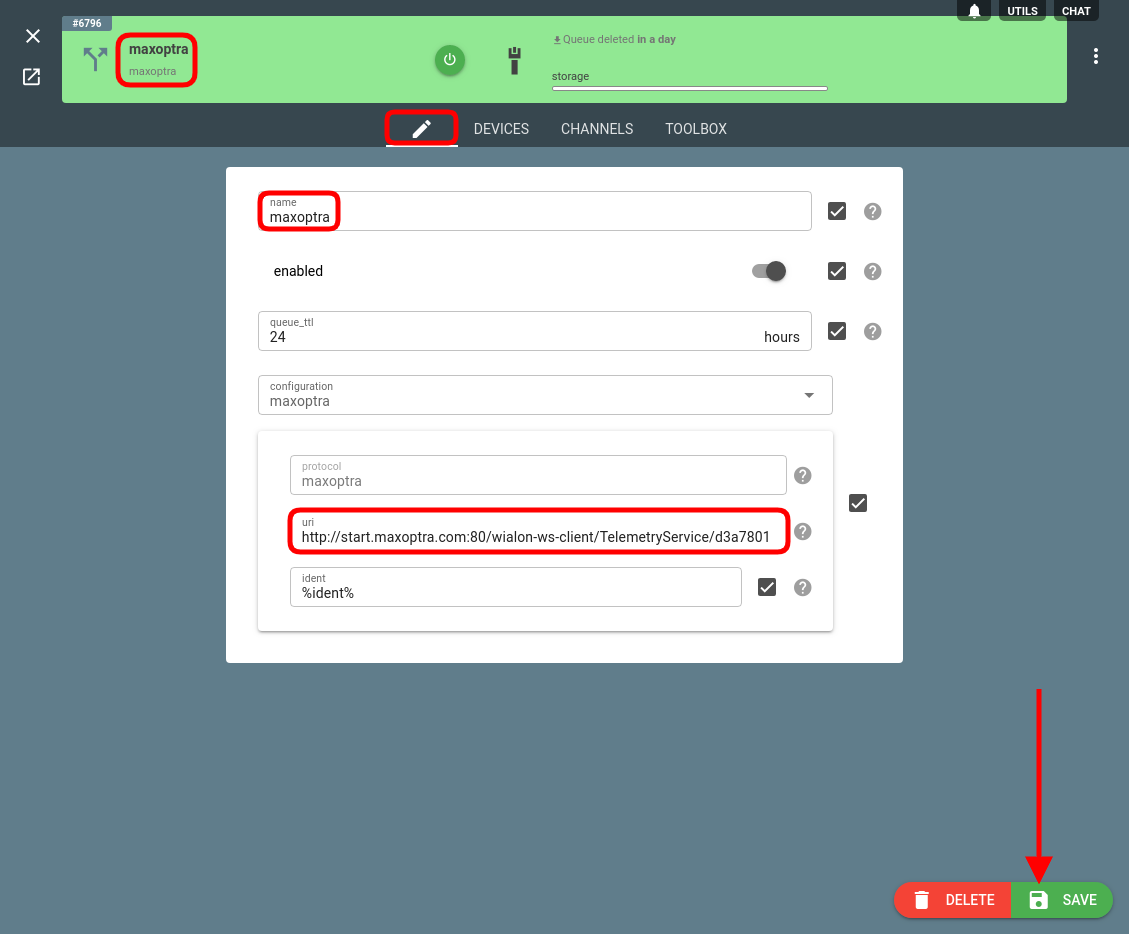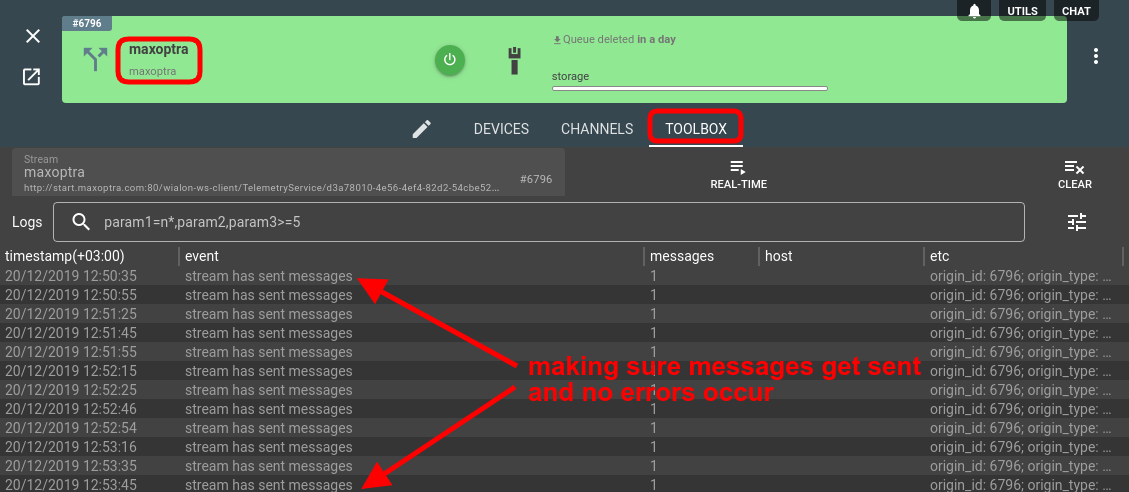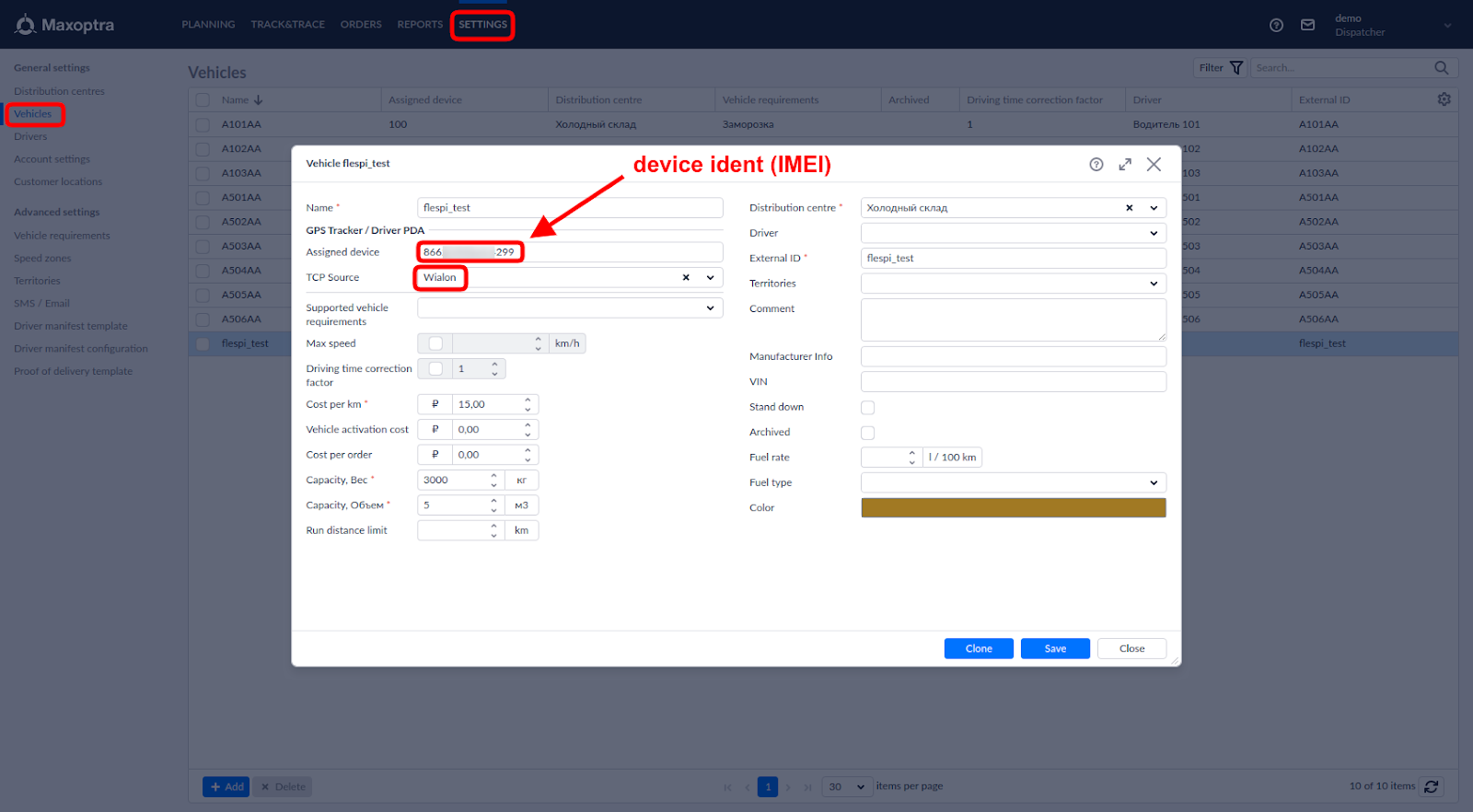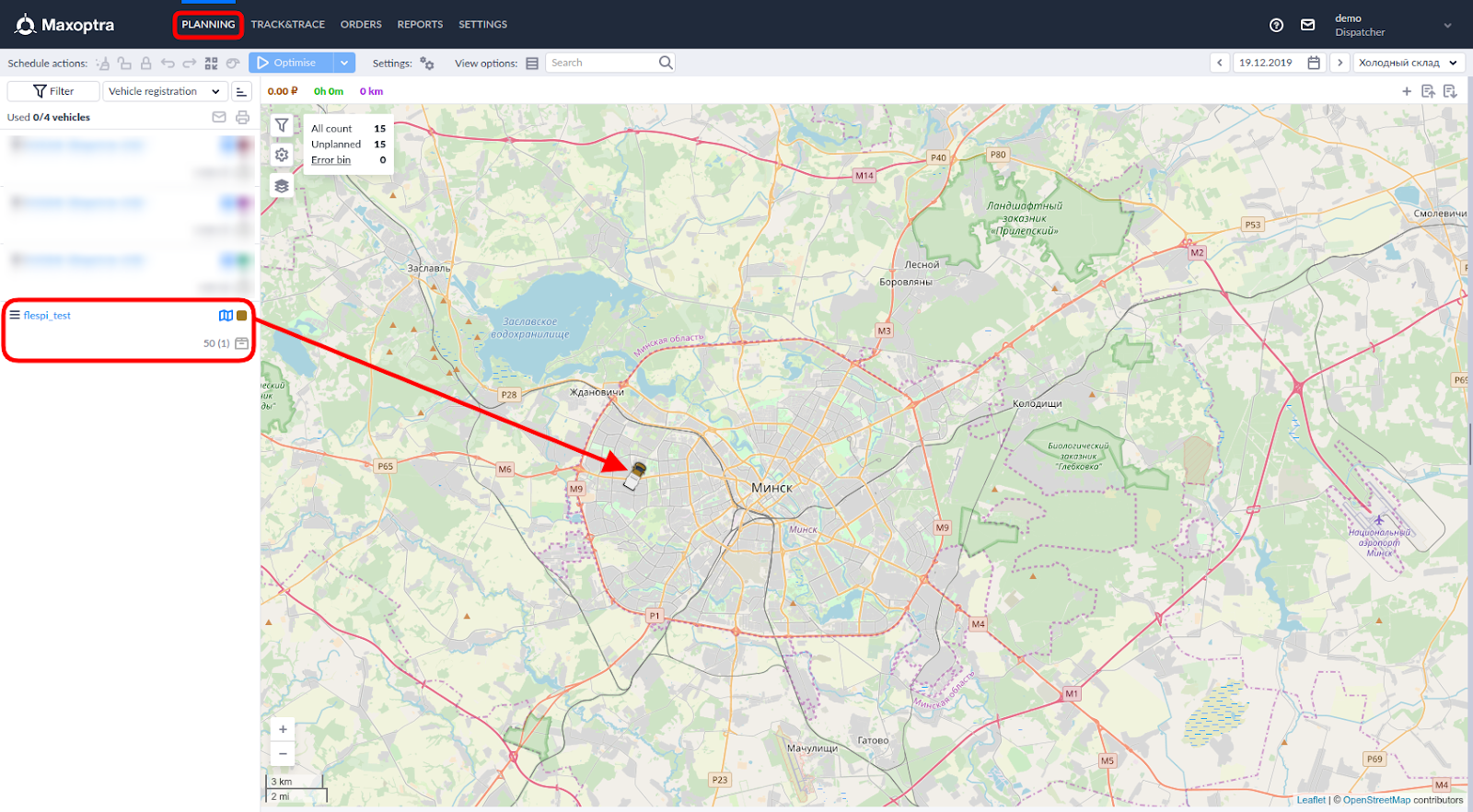When it comes to cargo delivery, all parties involved want to make it right — transparently, in time, and for a competitive price. On the other hand, there are quite a few variables that can compromise the “perfect” delivery: loading delays, traffic, tight delivery window, all types of human factors, etc.
Solutions, like Maxoptra, do an amazing job accounting for a variety of factors and their combinations to calculate optimal routes for the delivery companies and the like. What they are missing sometimes though is the wide range of communication options to consume the data from various sources. This is the domain flespi excels at.
So, we joined forces to cater to the specific project for the Russian branch of a major building materials company implemented by the experienced telematics service provider Geoservice. Now everyone can benefit from this integration and use Maxoptra in tandem with flespi to feed it all the telematics data required to do the route planning.
Project overview
The ultimate goal was to ensure the visibility of concrete mixers owned by 17 contractors (and a number of subcontractors) and connected to different fleet management platforms so that the customers expecting delivery could track their orders.
In this scenario flespi serves as a concentration point for the telemetry data (primarily position data) from all vehicles — it unifies the incoming messages to a common JSON format and forwards to Maxoptra via a specialized stream.
Additionally, Geoservice intends to develop a dashboard for the health monitoring of the installed GPS equipment. This solution will catch issues with the trackers and notify the telematics solution providers about such occurrences helping them minimize reaction time for maintenance operations and thus improve service quality. Since all the telemetry data will be available via flespi, it will be easy to identify any abnormalities or failures. Based on the collected data it will be possible to make decisions about prolongation or termination of contracts with TSPs depending on their performance.
This project will save the client quite a bit of money because paying for gateway functionality in flespi is much cheaper than hiring a full-scale fleet management platform for that purpose.
Getting the data into flespi
To get the telemetry data into flespi and be able to forward it to Maxoptra the following options are available:
retranslate from a fleet management platform (e.g. Wialon)
create channels and collect the data directly from the GPS trackers
From flespi to Maxoptra
When you have the data in flespi, you simply need to forward it to your Maxoptra account. We have a special maxoptra stream for that:
In the stream configuration, you have to specify the URI to the proper Maxoptra retranslation server — it should look like this:
start.maxoptra.com:80/wialon-ws-client/TelemetryService/XXXXXXXX-XXXX-XXXX-XXXX-XXXXXXXXXXXX
(the actual GUID will be provided by Maxoptra to each client — check details here)
Once the maxoptra stream is configured, you can subscribe it to channel(s) and/or device(s) that have the data from your vehicles:
What we always recommend next is to check in the Toolbox tab that the stream has started sending messages to Maxoptra:
Then on the Maxoptra side, you have to create a Vehicle and specify the GPS tracker ident/IMEI in the Assigned device field and the "Wialon" value in the TCP source dropdown:
Then when you click save you should see your vehicle on the map in the Planning tab:
You can also assign drivers, distribution centers, specify vehicle details, and more to have the vehicle deeply integrated into the Maxoptra ecosystem and to be able to use its analytical capabilities to the maximum.
***
What we eventually have is a single platform — Maxoptra — handling all the route optimization and scheduling tasks for vehicles connected to multiple fleet management platforms or directly to the flespi telematics hub.
